Home>Technology>Home Entertainment Systems>Why Is My Projector Screen Slanted
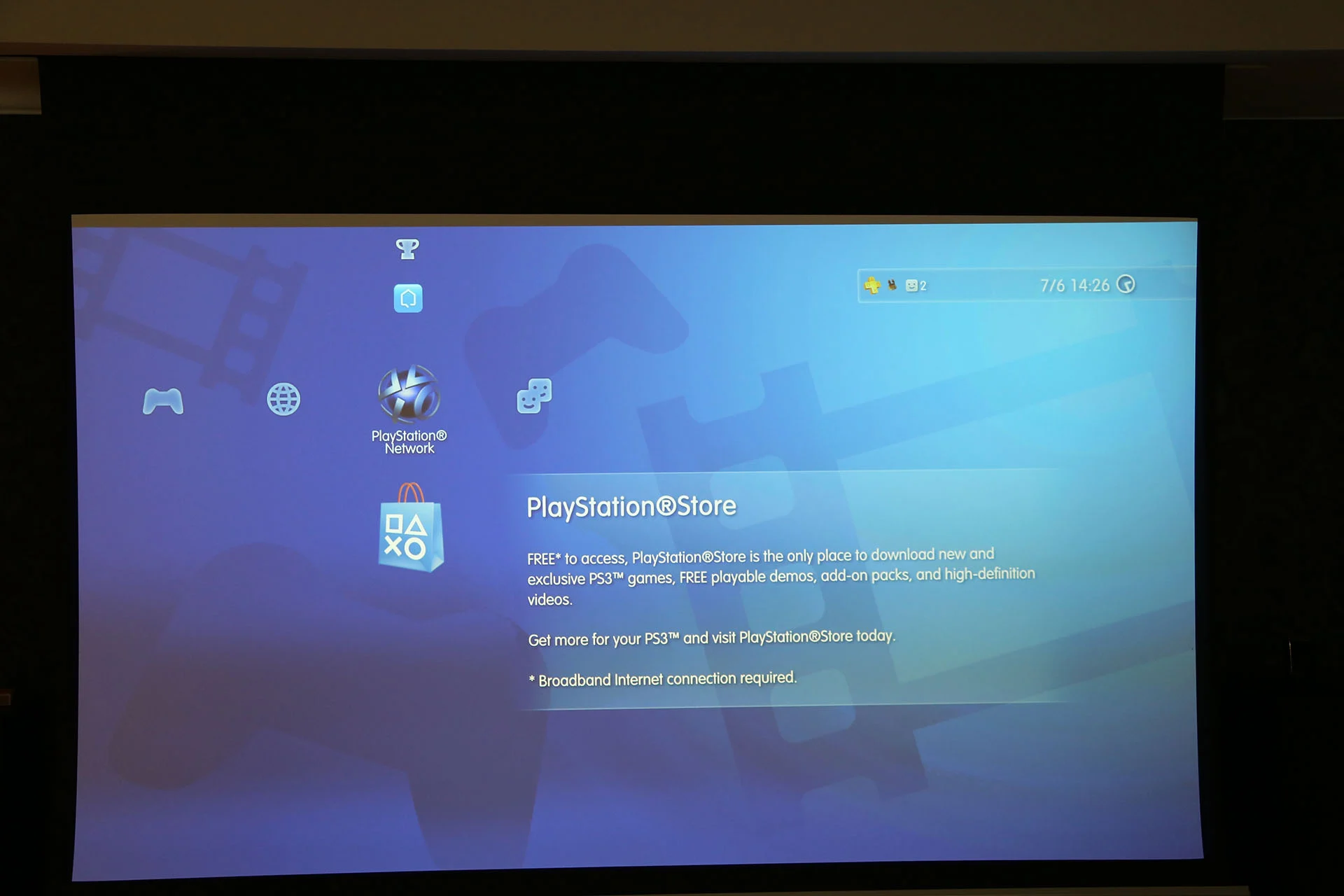

Home Entertainment Systems
Why Is My Projector Screen Slanted
Modified: February 18, 2024
Discover the reasons why your projector screen may be slanted and how to fix it. Get expert tips for optimizing your home entertainment system.
(Many of the links in this article redirect to a specific reviewed product. Your purchase of these products through affiliate links helps to generate commission for Storables.com, at no extra cost. Learn more)
Introduction
Read more: Why Is My Projector Screen Blue
Understanding Projector Screen Angles
When setting up a home entertainment system with a projector, achieving the perfect screen angle is crucial for an immersive viewing experience. However, many individuals encounter the frustrating issue of a slanted projector screen. This can detract from the overall enjoyment of movies, sports events, and gaming sessions. In this comprehensive guide, we will delve into the reasons behind slanted projector screens and provide practical solutions to rectify this common problem.
Understanding the nuances of projector screen angles is essential for optimizing your home theater setup. Whether you are a seasoned enthusiast or a newcomer to the world of projectors, gaining insight into the factors that contribute to screen slant will empower you to address this issue effectively. From the underlying causes to actionable solutions, this article will equip you with the knowledge needed to ensure that your projector screen is perfectly aligned, allowing you to immerse yourself in captivating visuals with unparalleled clarity and precision.
Read more: Why Is My Projector Screen Blue
Understanding Projector Screen Angles
When it comes to setting up a projector, achieving the ideal screen angle is crucial for a flawless viewing experience. The angle at which the projector is mounted and the screen is positioned directly impacts the quality of the projected image. Understanding the concept of projector screen angles is fundamental to addressing the issue of a slanted screen.
Projector screen angles refer to the orientation and alignment of the screen in relation to the projector. The angle at which the projector throws the image onto the screen, as well as the tilt and levelness of the screen itself, play a pivotal role in determining whether the projected image appears straight or slanted. Even a slight deviation from the optimal angle can result in a visibly skewed projection, disrupting the cinematic experience.
It’s important to note that various factors can influence projector screen angles. The mounting surface, the projector’s placement, and the screen’s positioning all contribute to the overall alignment. Additionally, environmental considerations such as the room’s dimensions and the presence of obstructions can impact the projection angle, potentially leading to a slanted screen.
By comprehending the significance of projector screen angles, you can gain a deeper appreciation for the intricacies of home theater setup. This knowledge will serve as a foundation for identifying and addressing the underlying causes of a slanted projector screen, ultimately allowing you to optimize your viewing environment for unparalleled visual enjoyment.
Common Causes of Slanted Projector Screens
Understanding the common causes behind slanted projector screens is instrumental in troubleshooting and rectifying this prevalent issue. Several factors can contribute to the misalignment of projector screens, impacting the overall viewing experience. By identifying these common causes, you can take proactive measures to address the underlying issues and restore the screen to its intended position.
-
Uneven Mounting Surface: One of the primary culprits behind slanted projector screens is an uneven mounting surface. When the projector is installed on a surface that is not level, it can result in an angled projection, causing the image to appear slanted. This issue is particularly common in DIY projector setups where the mounting surface may not be adequately prepared.
-
Incorrect Projector Placement: Placing the projector at an improper height or angle can lead to a slanted projection. If the projector is not positioned parallel to the screen or is tilted in an unintended manner, the projected image will appear skewed. This misalignment can detract from the visual quality and disrupt the immersive viewing experience.
-
Screen Tilt and Levelness: The tilt and levelness of the projector screen itself can significantly impact the alignment of the projected image. If the screen is not properly positioned or is inadvertently tilted, it can result in a slanted projection. Even minor deviations in the screen’s orientation can lead to noticeable distortions in the projected visuals.
-
Environmental Obstructions: Environmental factors within the viewing space, such as obstructions or irregular room dimensions, can contribute to projector screen misalignment. Objects obstructing the projector’s path or irregularities in the room’s layout can cause the projected image to appear slanted, compromising the overall viewing experience.
-
Mounting Hardware Issues: Issues with the mounting hardware, such as an improperly secured projector mount or a misaligned screen frame, can lead to a slanted projection. It is essential to ensure that the mounting hardware is securely fastened and aligned to maintain the correct projector screen angles.
By recognizing these common causes of slanted projector screens, you can proactively assess your setup and pinpoint the specific factors contributing to the misalignment. This awareness will empower you to implement targeted solutions to realign the projector screen, ultimately enhancing the visual precision and cohesiveness of your home entertainment system.
Check if the projector is level and the screen is properly mounted. Adjust the projector’s keystone settings to correct the slant. If the issue persists, consider seeking professional help.
Solutions to Fix a Slanted Projector Screen
Rectifying a slanted projector screen involves implementing targeted solutions to address the underlying causes of misalignment. By leveraging practical remedies, you can restore the screen to its intended position, ensuring a seamless and captivating viewing experience. Here are several effective solutions to fix a slanted projector screen:
-
Adjusting the Mounting Surface: If the mounting surface is uneven, it is imperative to rectify this issue to achieve a level foundation for the projector. Utilize a spirit level to identify any discrepancies in the mounting surface and make the necessary adjustments to ensure that it is perfectly level. This will provide a stable base for the projector, minimizing the risk of slanted projections.
-
Repositioning the Projector: Ensure that the projector is positioned at the optimal height and angle relative to the screen. Use a projector mount or adjustable stand to fine-tune the projector’s placement, aligning it parallel to the screen. By meticulously adjusting the projector’s orientation, you can eliminate slanted projections and optimize the visual alignment.
-
Calibrating the Screen: Check the tilt and levelness of the projector screen, making any necessary adjustments to ensure that it is perfectly aligned. Use a spirit level or digital inclinometer to verify the screen’s orientation and make precise alterations as needed. Calibrating the screen to achieve optimal levelness is essential for eliminating slanted projections.
-
Clearing Environmental Obstructions: Identify and remove any environmental obstructions that may be impeding the projector’s path or causing irregularities in the projected image. By creating an unobstructed line of sight between the projector and the screen, you can mitigate the effects of environmental factors on the projector’s alignment, reducing the likelihood of slanted projections.
-
Inspecting and Adjusting Mounting Hardware: Thoroughly examine the mounting hardware to ensure that it is securely fastened and properly aligned. Check the projector mount, screen frame, and any associated hardware for any signs of misalignment or instability. Make the necessary adjustments to optimize the mounting hardware, thereby promoting accurate projector screen angles.
By implementing these solutions, you can effectively address the root causes of a slanted projector screen, restoring the alignment and visual integrity of your home entertainment system. Whether it involves fine-tuning the projector’s position, calibrating the screen, or optimizing the mounting environment, these remedies are designed to enhance the overall viewing experience and ensure that your projector screen delivers impeccably aligned, distortion-free visuals.
Read more: Why Is My Projector Not Working
Conclusion
As the focal point of your home entertainment system, the alignment of your projector screen plays a pivotal role in delivering an immersive and visually captivating viewing experience. By understanding the nuances of projector screen angles and recognizing the common causes of slanted projections, you can effectively troubleshoot and rectify this prevalent issue, ensuring that your visuals are presented with precision and clarity.
Throughout this guide, we have explored the significance of projector screen angles and the impact of misalignment on the viewing experience. From uneven mounting surfaces and incorrect projector placement to environmental obstructions and mounting hardware issues, the underlying causes of slanted projector screens are diverse and multifaceted. By gaining insight into these factors, you can proactively address them to restore the alignment of your projector screen.
Moreover, the solutions presented in this guide offer practical and targeted approaches to fix a slanted projector screen. Whether it involves adjusting the mounting surface, repositioning the projector, calibrating the screen, clearing environmental obstructions, or inspecting and adjusting mounting hardware, these remedies are designed to realign the projector screen and optimize the visual presentation.
Ultimately, by applying these solutions and maintaining a keen awareness of projector screen angles, you can elevate your home theater setup to new heights of visual excellence. The seamless alignment of your projector screen will not only enhance the quality of your viewing experience but also underscore your commitment to creating a captivating and immersive entertainment environment for yourself and your guests.
With a renewed understanding of projector screen angles and the actionable solutions at your disposal, you are well-equipped to address and overcome the challenges associated with slanted projector screens. By harnessing this knowledge, you can ensure that your home entertainment system consistently delivers stunning visuals that captivate and enthrall, allowing you to fully immerse yourself in the magic of cinema, gaming, and multimedia experiences.
Frequently Asked Questions about Why Is My Projector Screen Slanted
Was this page helpful?
At Storables.com, we guarantee accurate and reliable information. Our content, validated by Expert Board Contributors, is crafted following stringent Editorial Policies. We're committed to providing you with well-researched, expert-backed insights for all your informational needs.
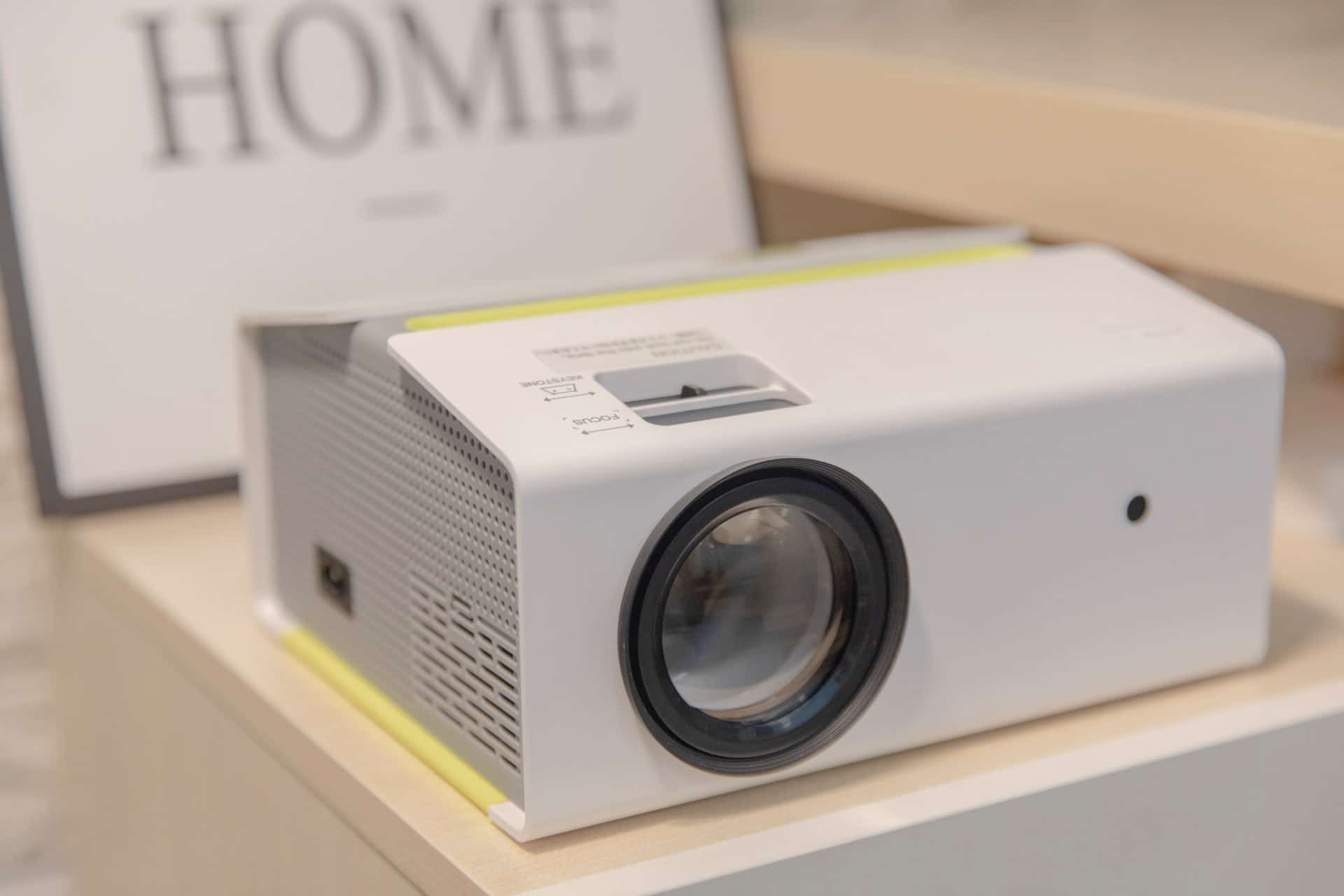
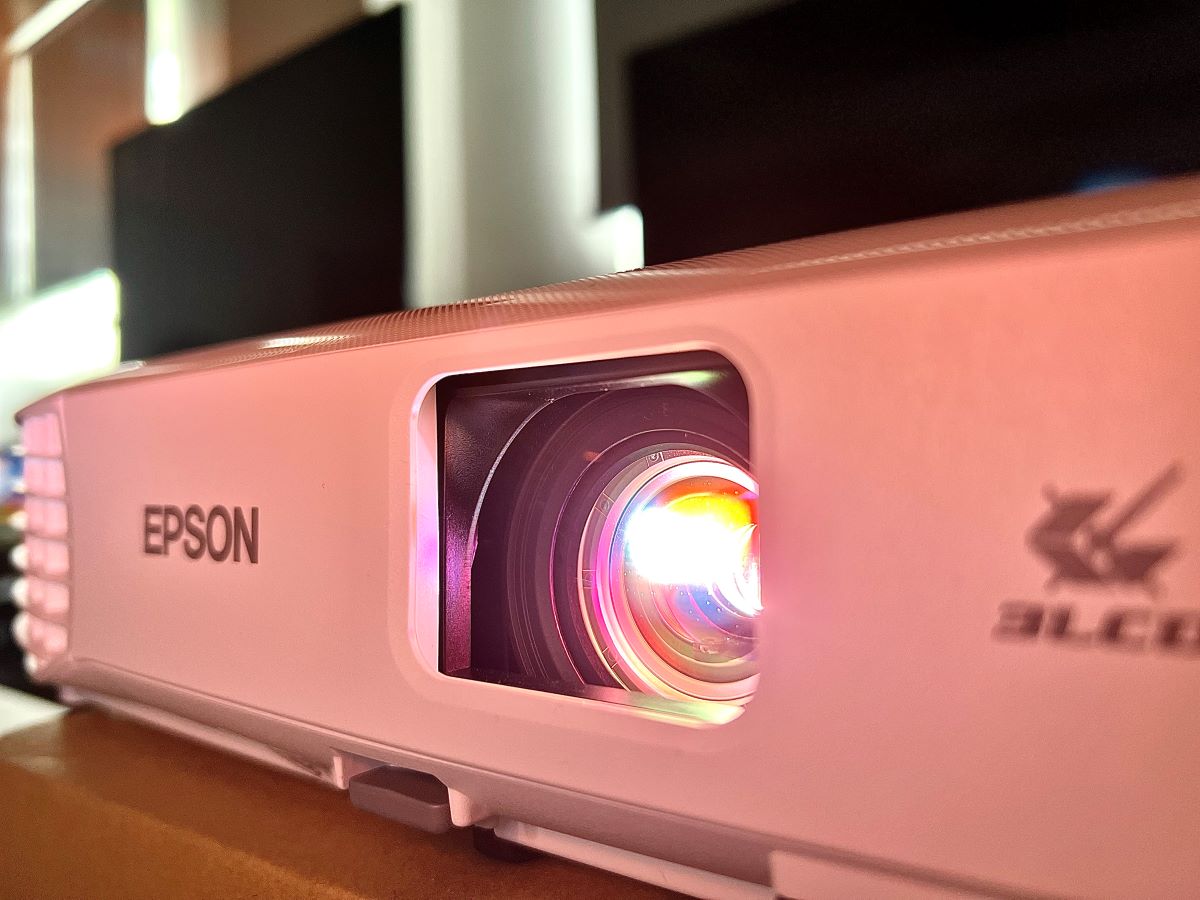
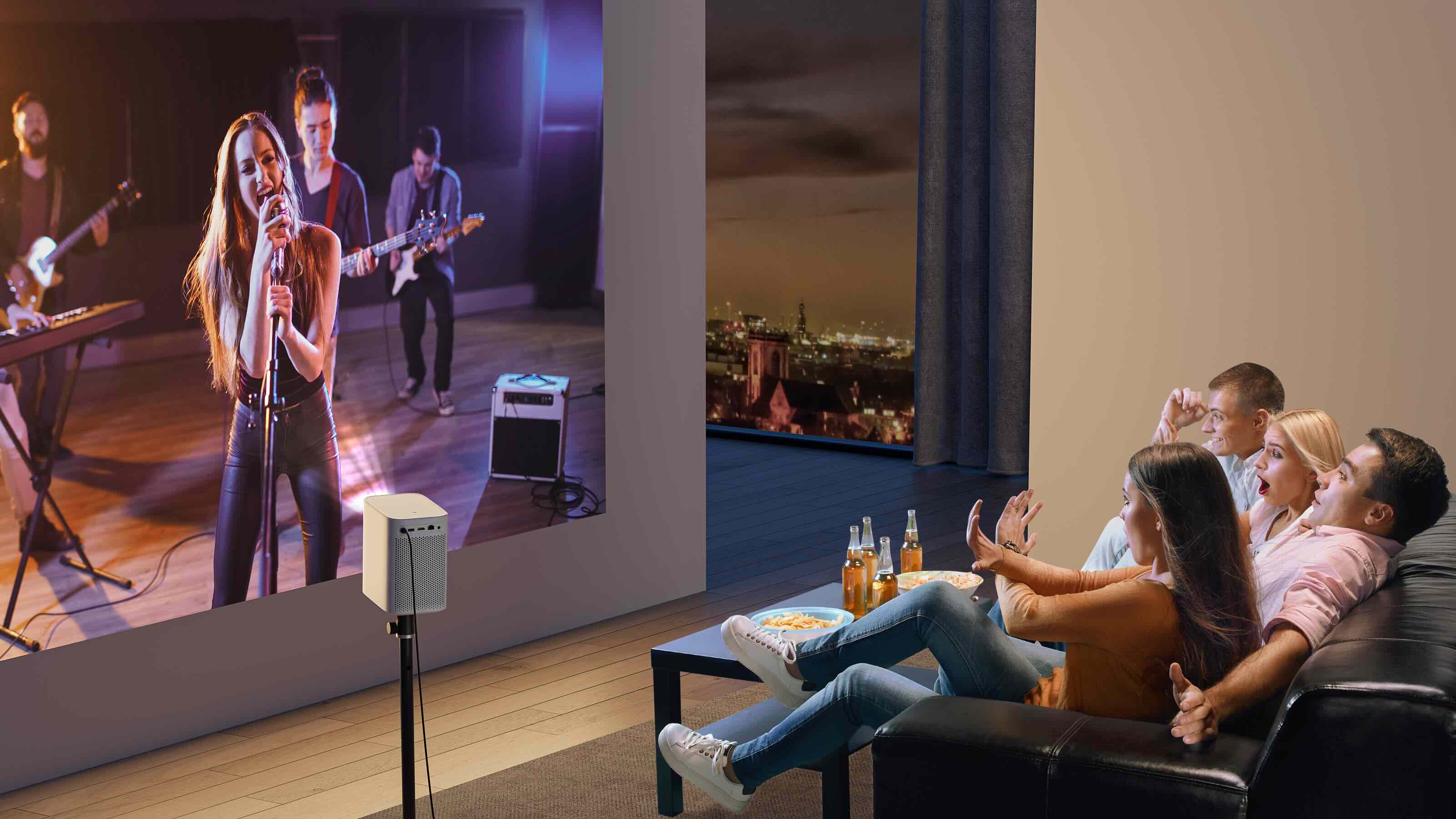
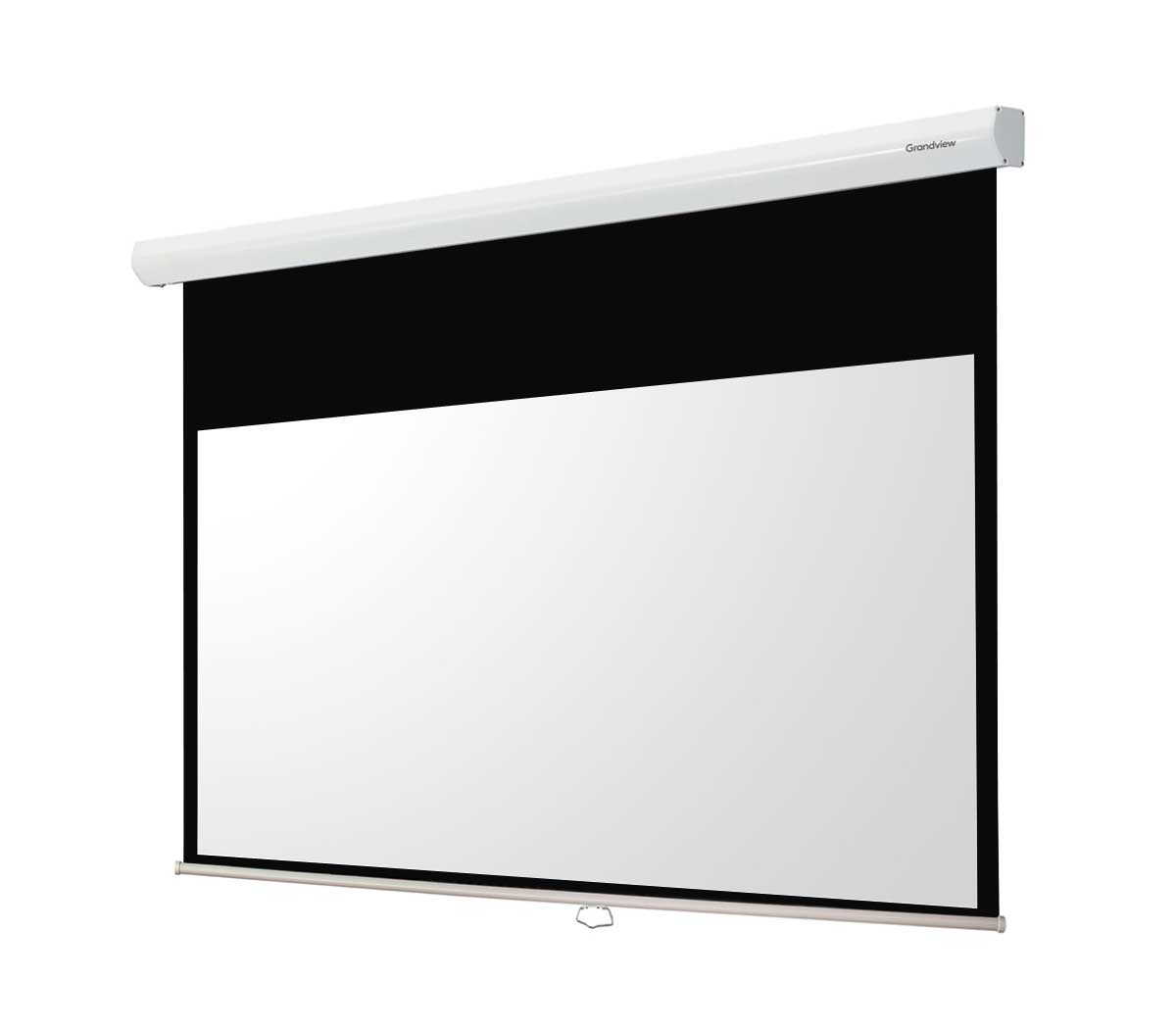




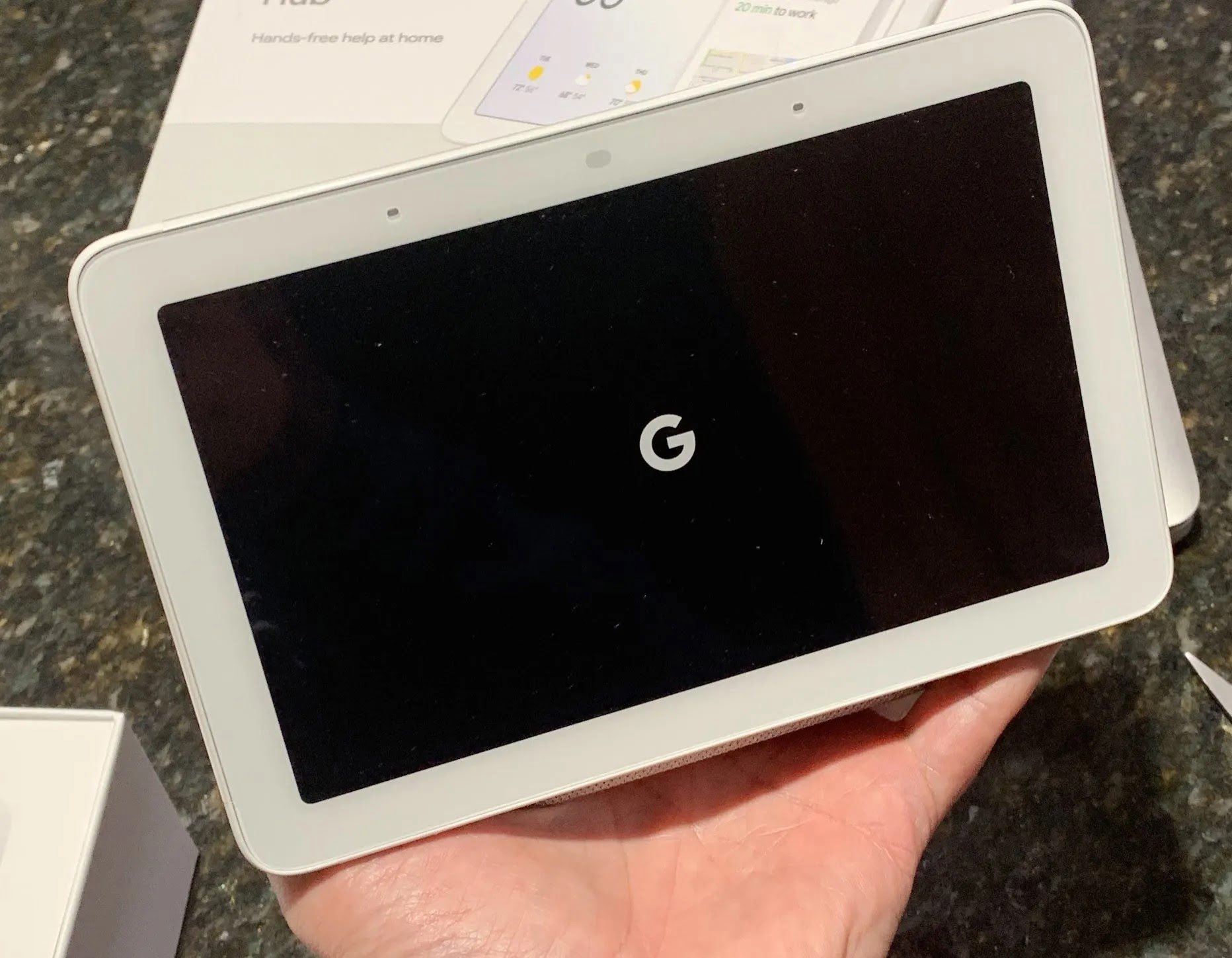
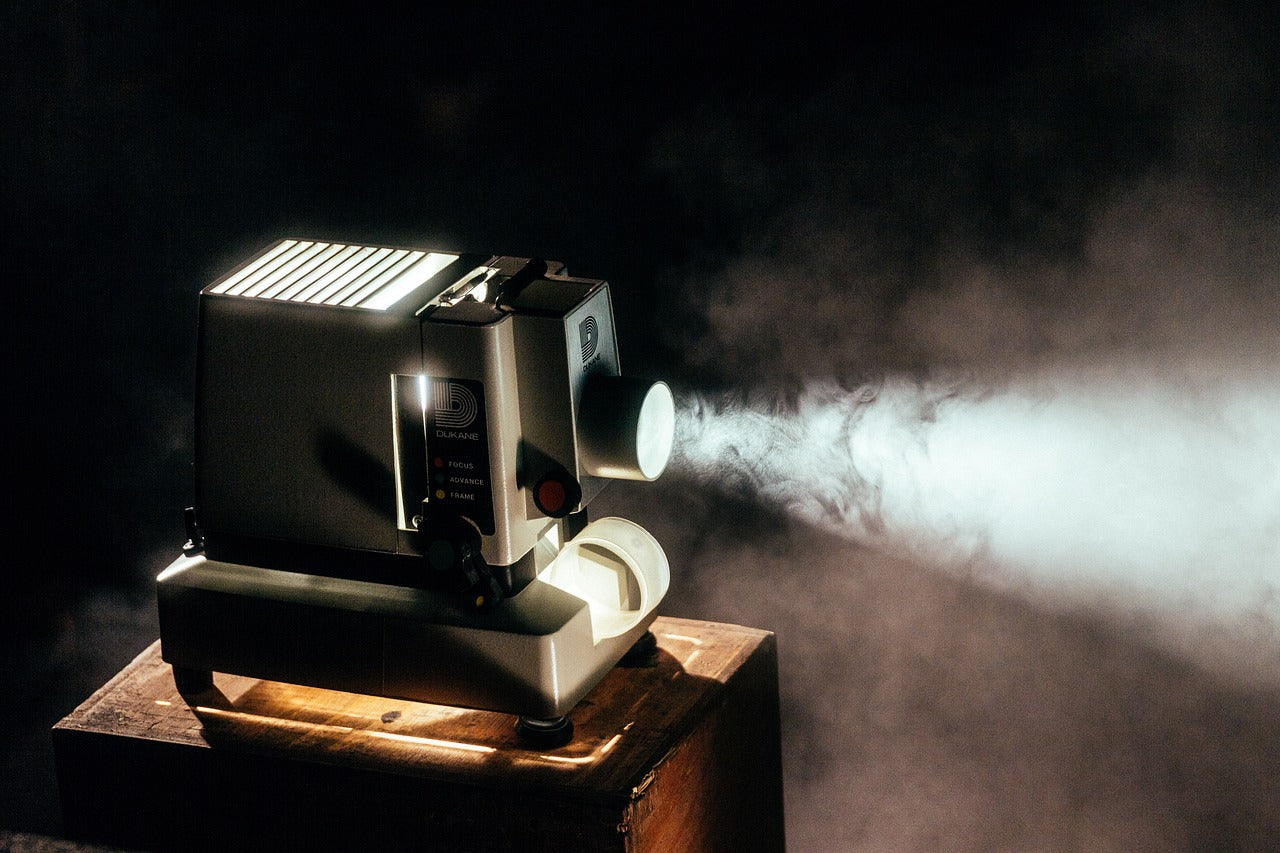
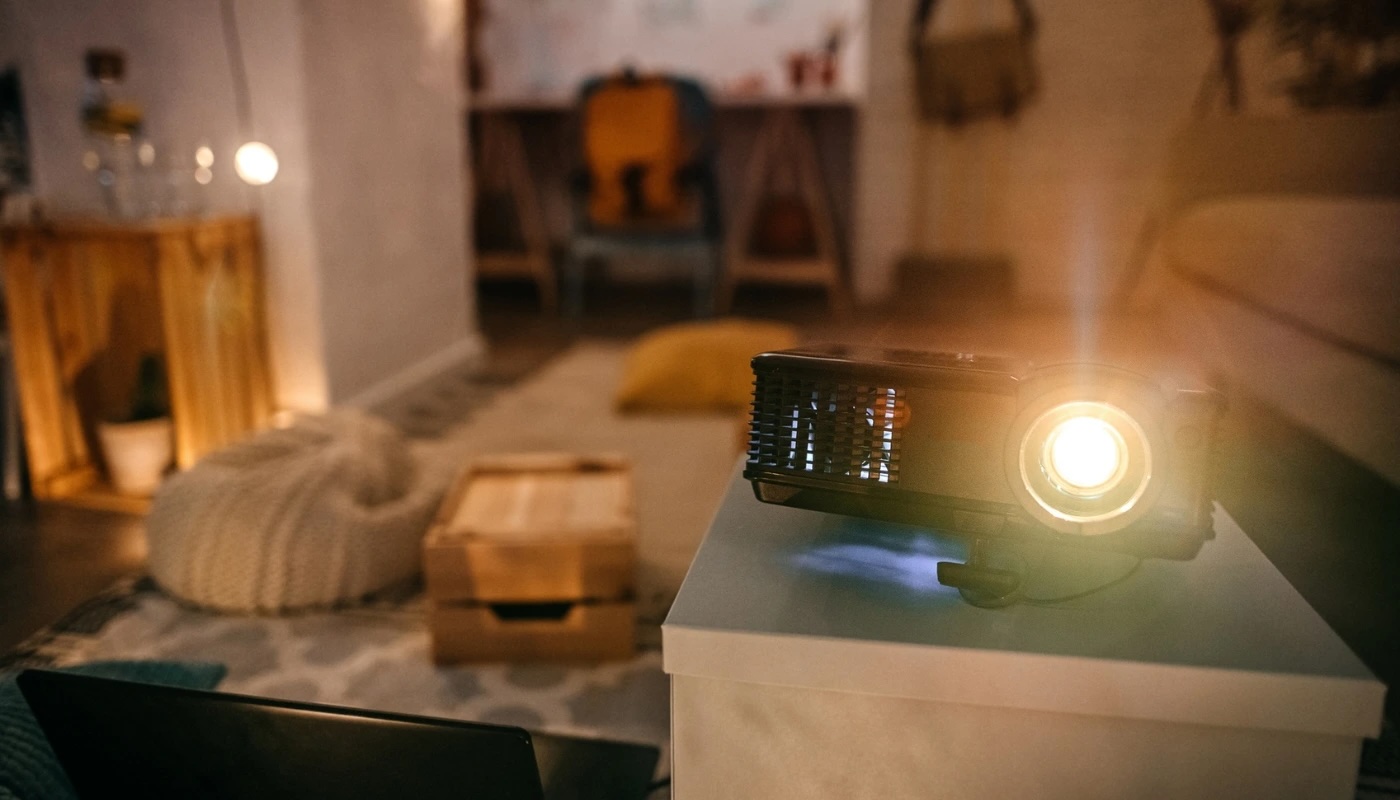
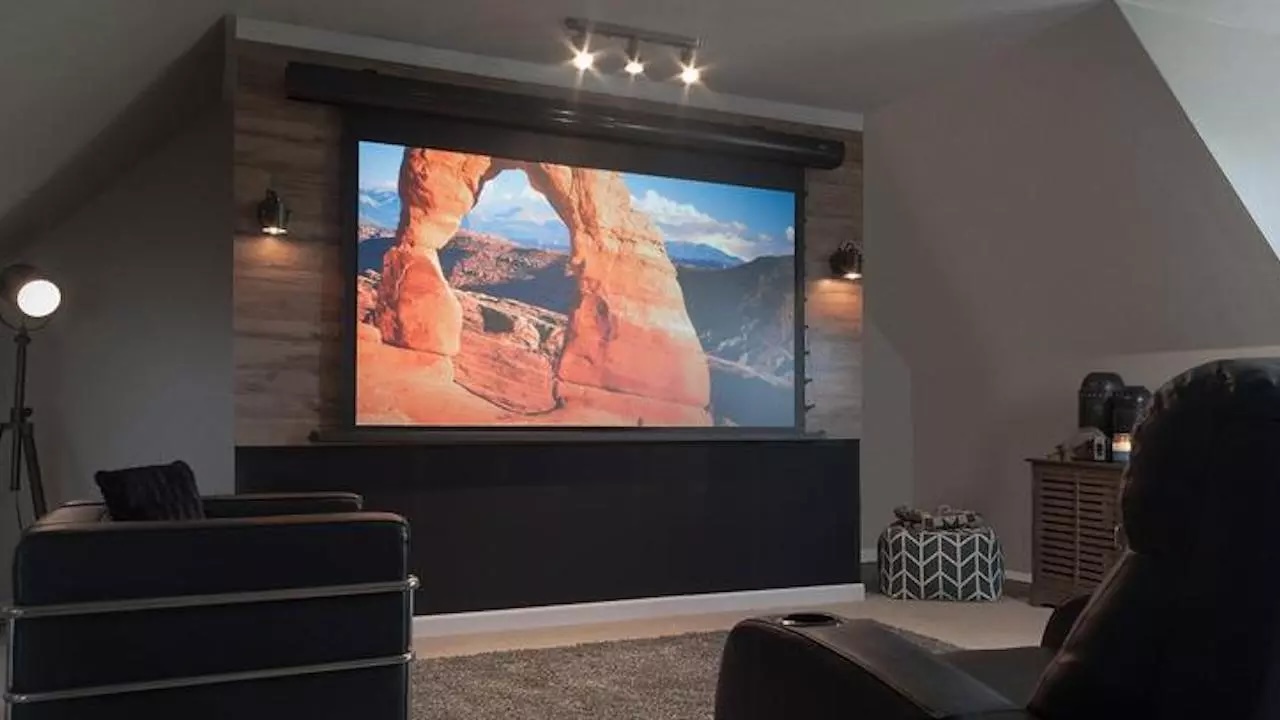
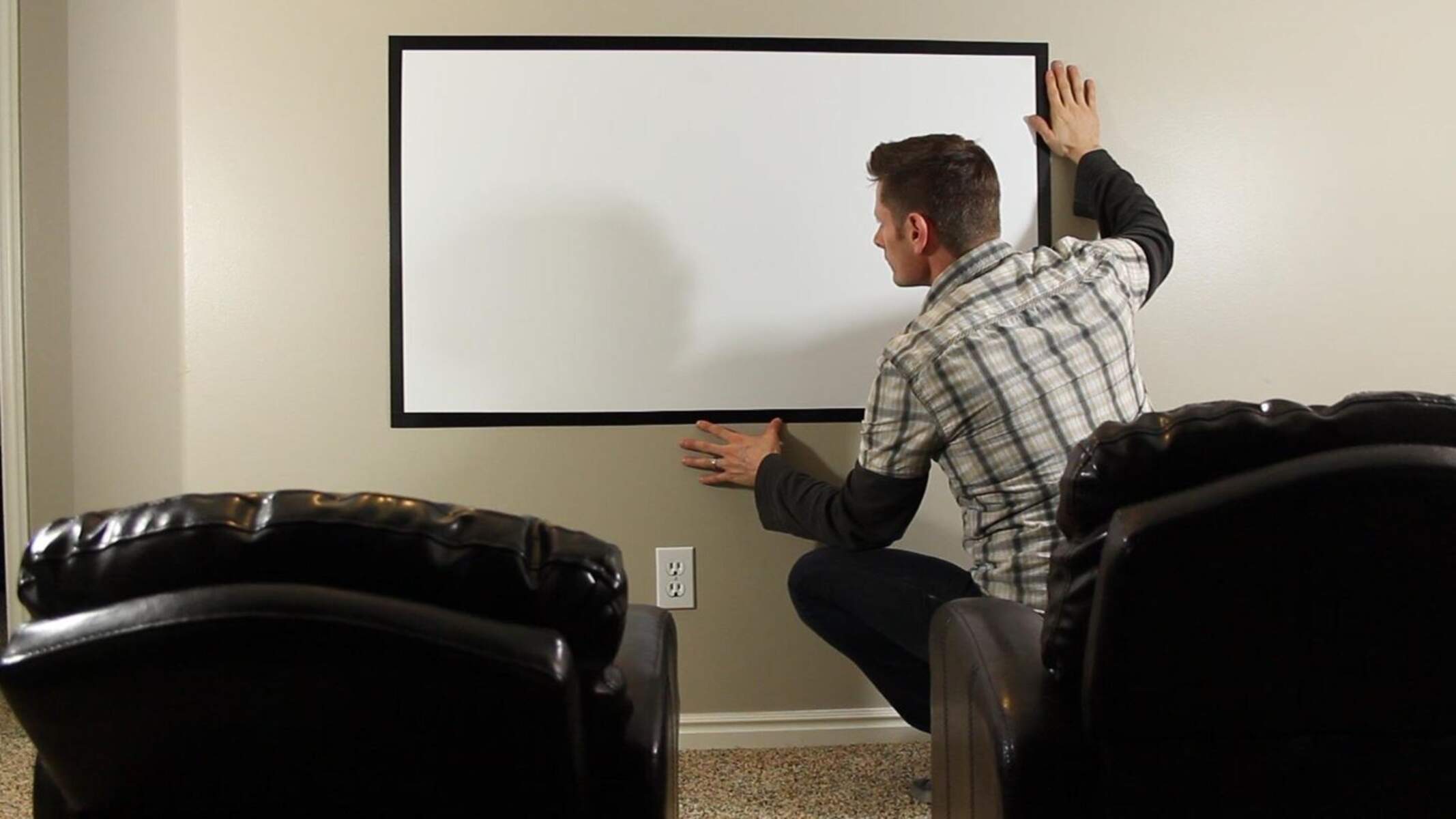
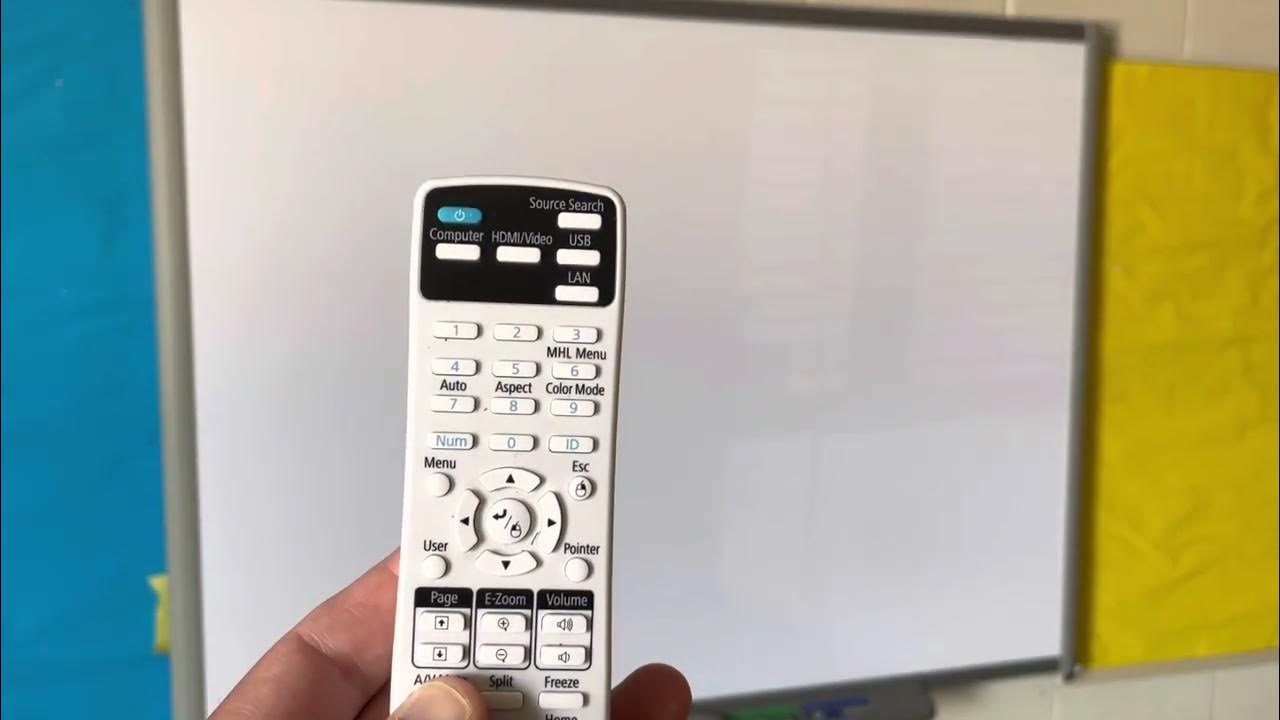

0 thoughts on “Why Is My Projector Screen Slanted”